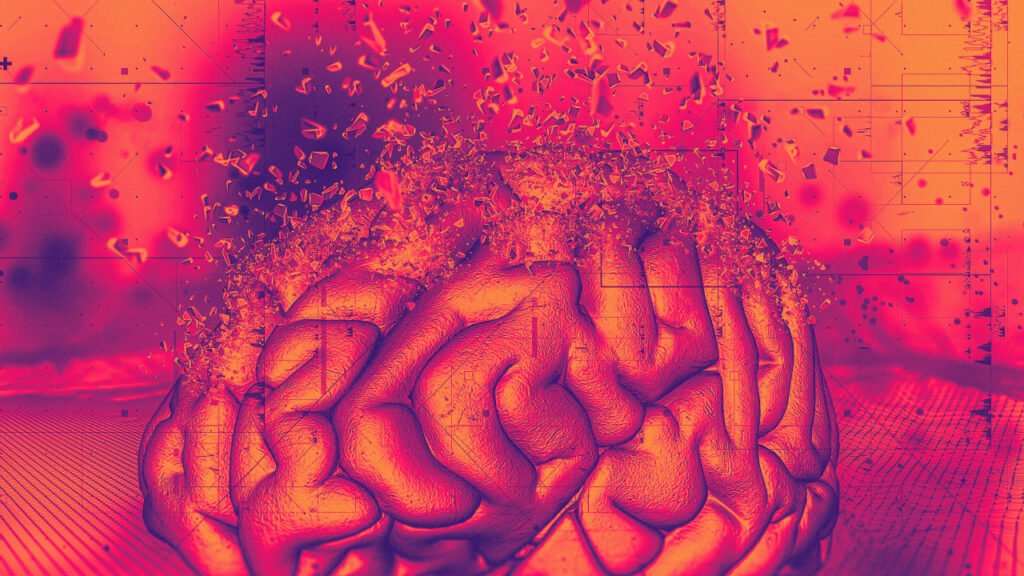
Ever find yourself mentally drained before lunch—even when the day’s barely begun? That’s not laziness. It’s decision fatigue, and it’s very real.
From the moment you wake up, your brain starts spending mental energy to make choices: what to wear, what to eat, how to respond to emails, whether to speak up in a meeting, and more. Over time, each of these micro-decisions chips away at your cognitive bandwidth—until you’re running on fumes by 11 a.m.
According to research, decision fatigue can lead to worse choices later in the day, decreased self-control, and even unethical behavior. But the good news is that with the proper structure, you can drastically reduce mental overload—and set your day up for success.
Here are six science-backed strategies to minimize decision fatigue and boost clarity before noon.
1. Start with Structure: Automate the First 60 Minutes
Barack Obama, Steve Jobs, and Mark Zuckerberg adopted similar wardrobe habits for the same reason—they didn’t want to waste energy deciding what to wear.
Routine isn’t boring. It’s strategic. Automating low-stakes decisions (like your breakfast, your clothes, or your workout routine) preserves your cognitive energy for high-impact choices later.
The first hour of your day sets the tone for everything that follows. Reducing friction early creates momentum and decision clarity that lasts all day. This also lowers stress hormones and boosts your motivation.
What to do:
- Create a fixed morning routine: same wake-up time, same breakfast, same prep ritual.
- Build a “startup sequence” for your workday—like firing up your laptop, reviewing your goals, and taking 15 minutes of quiet thinking before meetings.
2. Make Your To-Do List the Night Before
When you start your day by scanning emails or Slack, you instantly go into reactive mode, focusing on others’ priorities.
Instead, make key planning decisions while your brain is fresh—at the end of the previous day. This helps you sleep better by offloading mental clutter; it also boosts your confidence and sense of direction in the morning. A prepared mind is a focused mind.
What to do:
- Write down your top three priorities before you shut down for the day.
- Review them first thing the next morning—no thinking required.
- Bonus: Include one “quick win” task to build early momentum.
3. Eat a Protein-Rich Breakfast (Yes, Really)
Your brain is 2% of your body weight, but uses over 20% of your energy. Without fuel, cognitive function declines—and decision-making suffers.
Skipping breakfast or grabbing only carbs causes blood sugar crashes, reducing your focus and increasing your irritability. A balanced breakfast stabilizes glucose levels, essential for maintaining consistent attention and emotional regulation throughout the day.
What you eat influences how you think. A nutritious morning meal primes your brain for clarity, patience, and problem-solving.
What to do:
- Opt for protein and complex carbs, like eggs, Greek yogurt, oatmeal, or nuts.
- Hydrate before having caffeine: even mild dehydration can impair concentration by 10%.
- Add brain-boosting extras like berries, chia seeds, or greens for sustained energy.
4. Use Time Blocks to Limit Options
You spend mental energy whenever you ask, “What should I do now?” The more options, the more exhaustion.
Instead, create time blocks—predefined periods for specific categories of work. This removes the burden of constant micro-decisions and helps your brain shift into the correct mode for the task.
Time blocking also reduces context switching, which studies show can cost up to 40% of your productive time.
What to do:
- Block 9:00–10:30 for deep work.
- Block 10:30–11:30 for admin or meetings.
- Leave reactive tasks (email, chat) for the afternoon.
- Color-code blocks on your calendar to visually reinforce focus zones.
This structure reduces ambiguity and decision points, preserving mental clarity for higher-order thinking.
5. Minimize Micro-Decisions with Environmental Cues
From desk clutter to notification dings, your environment constantly pulls you into unnecessary decision-making—like “Should I check this now?” or “What’s that ping?”
Decision fatigue increases when external stimuli demand constant evaluation. Each small choice drains mental energy and pulls your attention away from meaningful work.
Design your environment to be your silent partner in focus. When your workspace supports your intentions, you make fewer decisions and stay in the flow longer.
What to do:
- Silence nonurgent notifications.
- Clear your desk of all but the task at hand.
- Use physical cues: Post-it notes, open notebooks, or visible to-do lists to keep you anchored.
- Add a visual “focus zone” marker—like a lamp or headphones—to signal deep work time.
This aligns with behavioral design principles championed by Nudge author Richard Thaler: simplify the environment to reduce cognitive load.
6. Build a “Noon Reset” Ritual
No matter how optimized your morning is, decision fatigue creeps in. That’s why resetting before the afternoon is critical—when poor choices tend to spike. By midday, your mental resources are often depleted, and without a conscious reset, your afternoon can become reactive and unfocused.
A pause helps restore clarity and regain control of your time and energy. It also boosts emotional regulation and decision-making accuracy.
What to do:
- Pause at noon for 10 minutes of reflection or silence.
- Ask: “What’s one thing I need to finish today?”
- Reset your attention and reclaim your day before it runs you.
- Try stepping outside or doing a short breathing exercise to refresh your mind.
According to research, this taps into the brain’s default mode network, which activates during rest and enhances creativity and problem-solving.
Save Your Brain for What Matters Most
You don’t need to eliminate all decisions—just the ones that drain you unnecessarily. The goal isn’t rigid control over every moment, but the intentional design of your mental environment.
By front-loading important choices, using structure to reduce friction, and giving your brain regular rest, you free up the cognitive bandwidth to lead, create, and perform at your best. Cognitive energy is your most valuable asset as a leader. Protect it with as much care as your time or money.
Remember: your attention is a finite resource. Spend it where it counts—on work that aligns with your values, energizes your team, and moves your mission forward.


